There’s a shift that every founder faces: at first, your personal drive, relationships, and intuition carry the business. Over time, though, those strengths become constraints if the company still depends on you to win every deal or intervene in every pipeline.
In fast-growing companies, this tension usually shows up in one of two ways:
- You’ve hired salespeople, but you can’t seem to let go of control.
- You’re still doing most of the sales yourself and you’re being stretched thin.
Below are the top observable signs that your business is hitting capacity limits, with their operational causes laid bare. Use this as a diagnostic framework for when it’s time to build a scalable, transferable sales system.
When You’ve Delegated Sales But Still Can’t Fully Let Go:
1. Deals Still Depend on the Founder’s Involvement
Effect: Prospects ask to “talk to you before deciding,” or deals only close reliably when you intervene.
🔹Operational cause: The team lacks credibility, messaging, or autonomy to close without founder escalation.
2. You’re the Bottleneck for Approvals or Proposals
Effect: Deals stall waiting on your sign-off for pricing, terms, or custom proposals.
🔹Operational cause: There’s no deal-approval framework or clarity on what reps are empowered to decide.
3. There’s a Backlog of Proposals That Haven’t Closed
Effect: A pile of open proposals sits unanswered, and deals lose momentum.
🔹Operational cause: Discovery wasn’t robust; reps send proposals prematurely, and coaching or process enforcement isn’t consistent.
4. Forecasts Are Unreliable
Effect: Sales predictions don’t match outcomes; surprises at month’s end are common.
🔹Operational cause: CRM data hygiene is poor, and there is no rhythm for holding the team accountable for pipeline accuracy.
5. Sales and Marketing Operate in Silos
Effect: Marketing hands off leads without clarity; you become the middleman deciding who is “ready.”
🔹Operational cause: No shared lead definitions, no feedback loop, and weak alignment on lead quality.
6. Clients Still Default to the Founder
Effect: Post-sale, clients bypass account owners and reach out to you directly.
🔹Operational cause: Handoff communication is weak, and clients assume you still “own” things by default.
7. Coaching Is Reactive, Not Routine
Effect: You only step in when deals are in danger; coaching happens by exception.
🔹Operational cause: No structured coaching cadence, no process for pipeline reviews or rep skill development.
8. Your Calendar Is Still Full of Sales Tasks
Effect: You’re still in calls, writing follow-up emails, fixing decks, or jumping into negotiation.
🔹Operational cause: Role boundaries are vague, trust isn’t built in the team, and the reps haven’t been fully empowered.
9. You Tweak Messaging Mid-Deal
Effect: You rewrite sales decks, email scripts, or proposals midstream.
🔹Operational cause: There is no controlled process for messaging updates or version control; feedback is ad hoc.
10. The Team Needs You to Create Momentum
Effect: When you step away (vacation, travel), the pipeline slows down.
🔹Operational cause: The system is dependent on founder energy, not institutional accountability or culture.
When You’re Still Doing the Majority of Selling Yourself:
1. Lead Response Time Is Too Long
Effect: Leads go cold before you can get to them. Data suggests that responding within five minutes can yield ~8× better conversion rates. (InsideSales)
🔹Operational cause: You have no dedicated intake or SLA for lead follow-up; inbound volume has exceeded your capacity.
2. Proposals Fall Behind or Don’t Get Sent
Effect: Prospects disengage because proposals come too late or aren’t timely. Studies show proposals delayed beyond 48–72 hours tend to convert at much lower rates.
🔹Operational cause: You’re juggling too many priorities; proposal development lacks templates or delegated ownership.
3. New Business Is a Roller Coaster
Effect: Some months are great; others, there’s crickets.
🔹Operational cause: Sales only happens when you make time. There is no consistent pipeline rhythm or dedicated role for new business.
4. High Win Rates from Low Volume
Effect: Your win rate looks great, but you only close a handful of deals.
🔹Operational cause: You rely on personal networks and referrals rather than marketing or prospecting engines.
5. Lead Sources Are Growing Beyond Your Network
Effect: Marketing, content, or referrals produce leads you didn’t originate, but they’re not being converted.
🔹Operational cause: There’s no system or team to qualify and respond to inbound leads at scale.
6. Big Strategic Priorities Are Getting Dropped
Effect: Hiring, partnerships, product work, or vision projects get sidelined while you chase deals.
🔹Operational cause: Founder energy remains concentrated in sales execution rather than leadership and growth.
Common Thread: Dependency Overlines
In all these cases, the effect (the sign) is a visible symptom: bottlenecks, stalled pipelines, inconsistent cycles. What’s underlying is a dependency on the founder whether through control, authority, or capacity. Until that dependency flips so that process, role clarity, and accountability become the drivers, your business will continue to scale in fits and starts.
What To Do Next
- Compare which signs feel most acute in your business.
- Audit whether the operational cause is present in your structure or team.
- Start with your weakest area and put guardrails in place: clear deal approval thresholds, a basic coaching rhythm, response SLAs, and messaged handoff policies.
- Use this as your basis for a blueprint: move from founder dependency to repeatable system.
If many of these signs resonate, take the Sales Readiness Checkup to see where your system is porous and where closing the leaks could unlock your next phase of growth.




